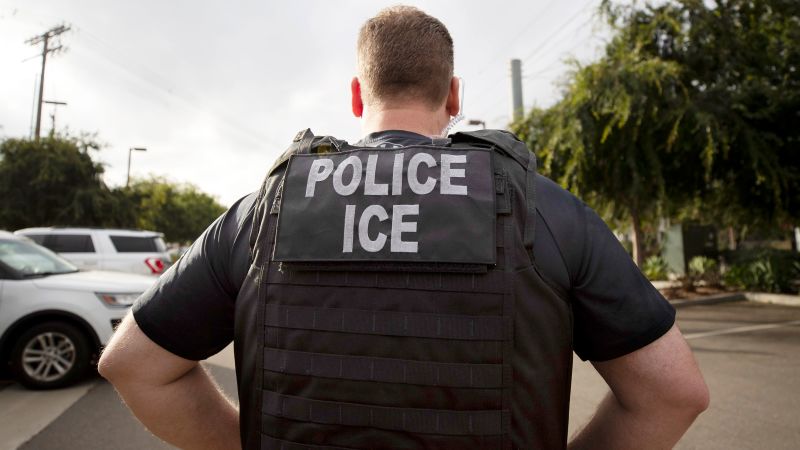Trump Empowers ICE: Controversial Directive Allows Arrests in Sensitive Locations

In a significant shift from previous practices, federal immigration authorities will now have broader powers to conduct arrests and enforcement actions near traditionally protected locations, including churches and schools. This controversial policy change marks a dramatic departure from long-standing guidelines that previously shielded these sensitive areas from immigration enforcement.
The new directive effectively removes the protective buffer that once prevented immigration officials from targeting individuals in places of worship, educational institutions, and other community spaces traditionally considered safe havens. This expansion of enforcement capabilities signals a more aggressive approach to immigration control, potentially creating heightened anxiety within immigrant communities.
Advocates argue that the policy change could discourage vulnerable populations from seeking essential services, accessing education, or participating in religious activities out of fear of potential detention. Meanwhile, immigration enforcement officials maintain that the expanded authority is necessary for comprehensive border security and immigration law enforcement.
The decision represents a significant and potentially contentious transformation in how immigration authorities will conduct their operations, challenging previous norms of discretion and community sensitivity.

